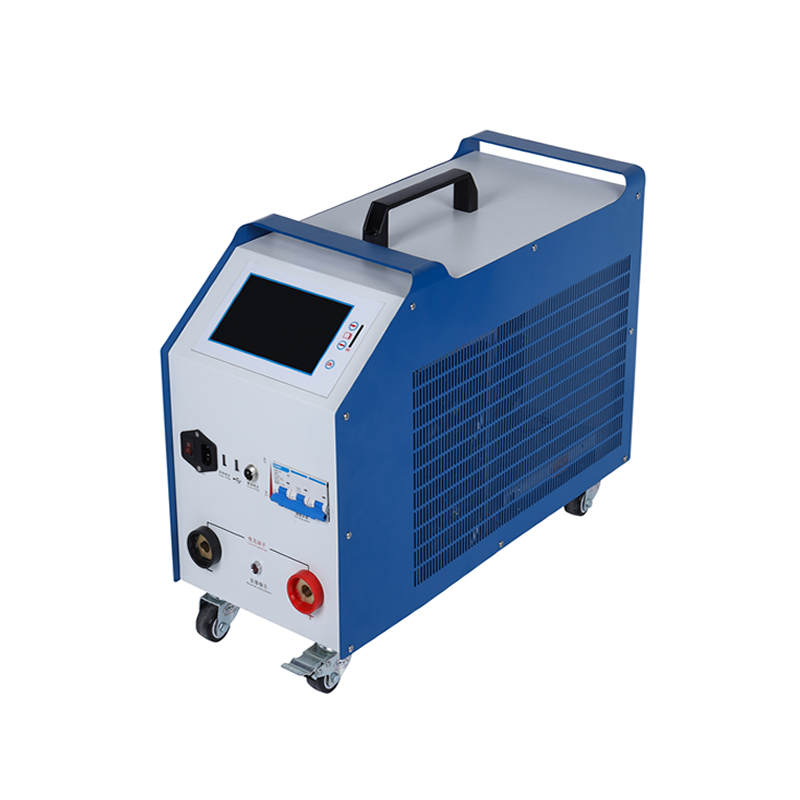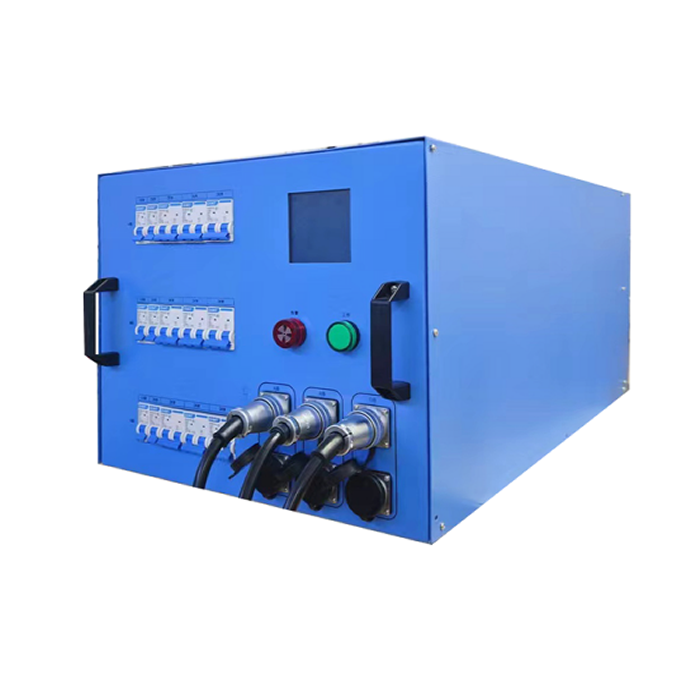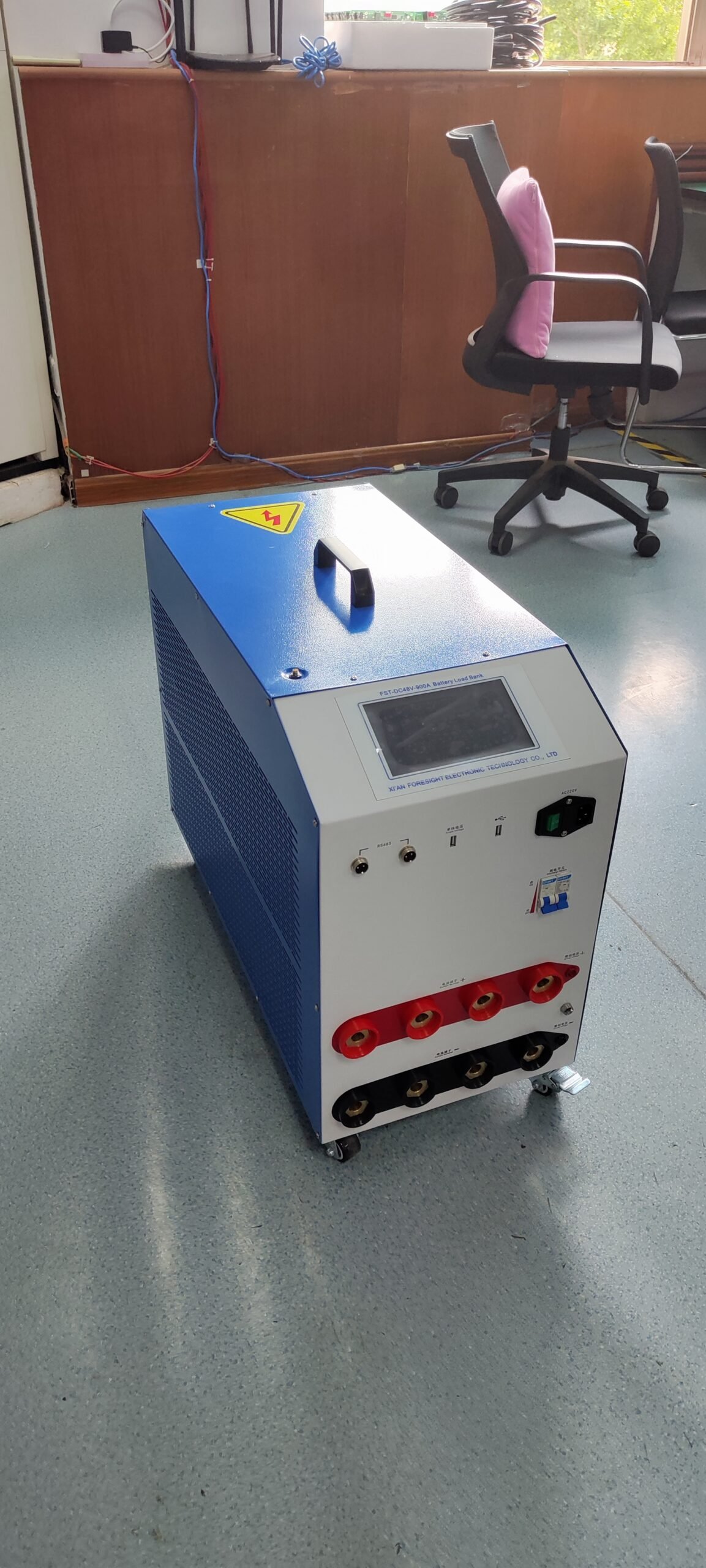
Published On: 03/21/2024Categories: Relay Protection Tester
lithium battery maintenance process
Table Of Content
- Storage Conditions:
- Store lithium-ion batteries in a cool, dry place away from direct sunlight and extreme temperatures.
- Maintain batteries at a partial state of charge (around 50%) for long-term storage to minimize degradation.
- Charging Practices:
- Use chargers specifically designed for lithium-ion batteries and follow manufacturer recommendations for charging voltage and current.
- Avoid overcharging or undercharging batteries, as this can degrade their capacity and lifespan.
- Disconnect batteries from chargers once fully charged to prevent overcharging.
- Discharging Practices:
- Avoid deep discharges and over-discharging lithium-ion batteries, as this can lead to irreversible damage.
- Implement measures to prevent over-discharge, such as using battery management systems (BMS) or voltage monitoring circuits.
- Temperature Control:
- Maintain batteries within recommended temperature ranges during charging, discharging, and storage to prevent overheating and thermal runaway.
- Use thermal management systems such as cooling fans or heat sinks to regulate battery temperature during operation.
- Regular Inspections:
- Conduct visual inspections of batteries for signs of physical damage, swelling, leaks, or corrosion.
- Check battery terminals and connections for tightness and cleanliness.
- Inspect cables, connectors, and insulation for signs of wear or damage.
- Capacity Testing:
- Periodically test battery capacity and performance using appropriate methods such as charge-discharge cycles or capacity measurement devices.
- Monitor key parameters such as voltage, current, and internal resistance during testing.
- Balancing:
- Implement battery balancing techniques to ensure uniform cell voltages across battery packs.
- Use balancer circuits or battery management systems (BMS) to monitor and equalize individual cell voltages during charging and discharging.
- Cleaning and Maintenance:
- Keep battery surfaces clean and free from dust, dirt, and debris.
- Clean battery terminals and connectors regularly to maintain good electrical contact.
- Inspect and replace damaged or worn-out components such as cables, connectors, and insulation.
- Safety Measures:
- Follow safety protocols for handling lithium-ion batteries, including proper storage, transportation, and disposal procedures.
- Provide training to personnel on safe handling practices and emergency response protocols.
- Keep fire extinguishers, spill kits, and personal protective equipment (PPE) readily available in battery storage and testing areas.
- Documentation and Reporting:
- Maintain detailed records of battery maintenance activities, including charging and discharging cycles, capacity tests, and inspections.
- Document any issues encountered and the corrective actions taken.
- Generate reports summarizing battery performance, degradation trends, and maintenance
About the Author: Foresight
Foresight Electronics Co, Ltd. is engaged in the high-tech enterprise specially engaged in R&D and production and marketing of all kinds of products involved in high quality contact less laser distance measurement.





